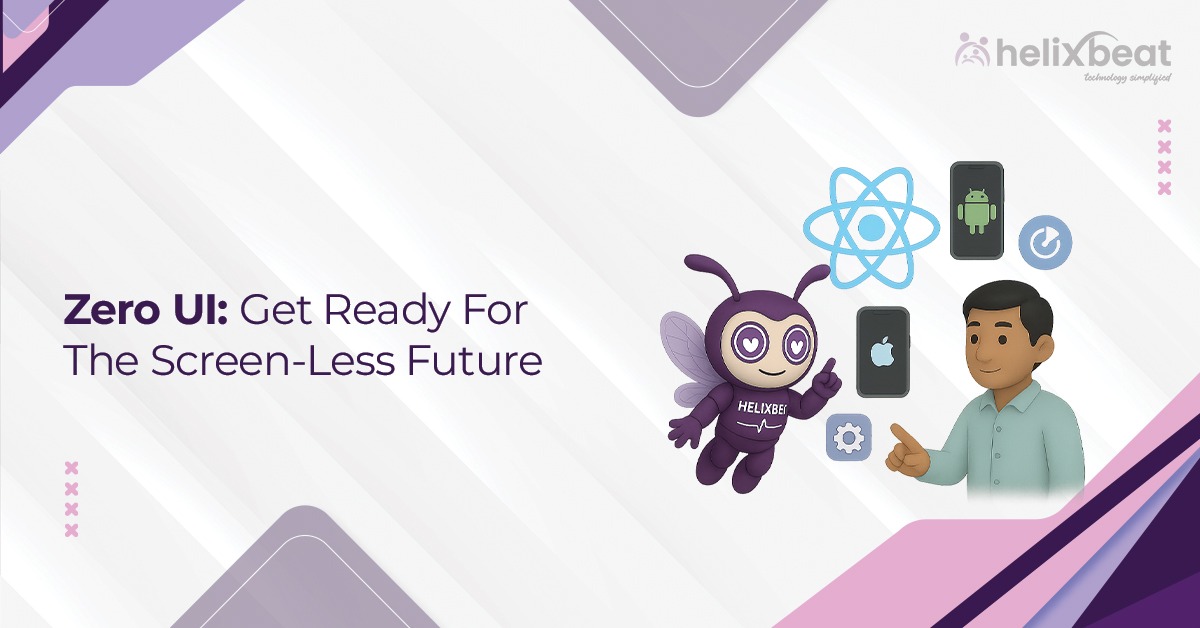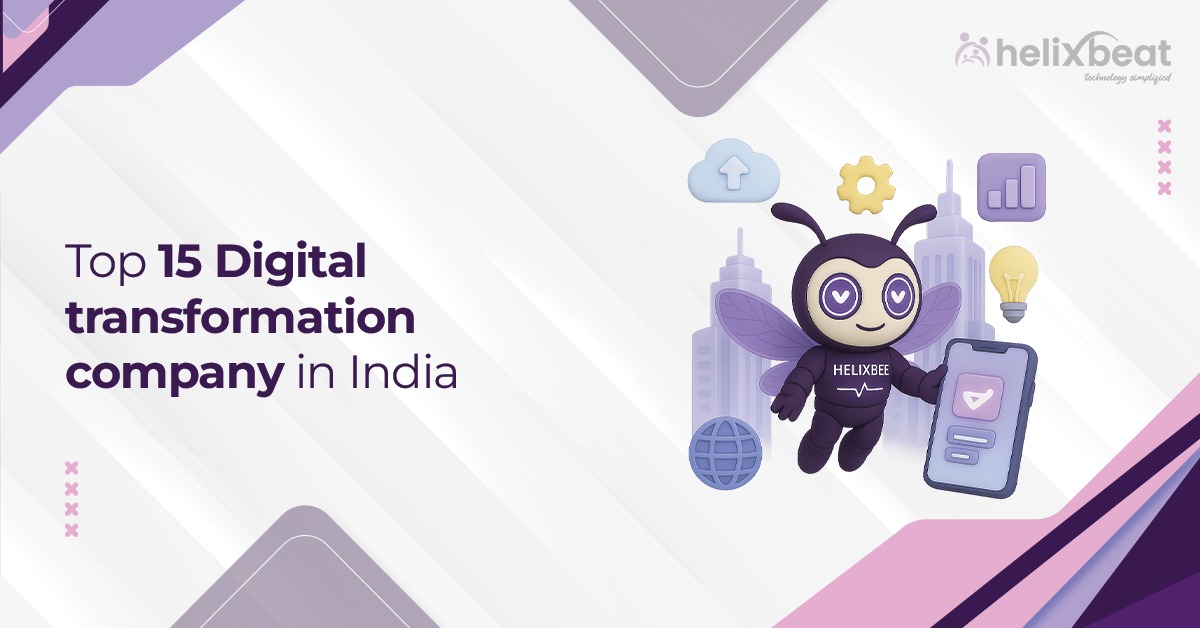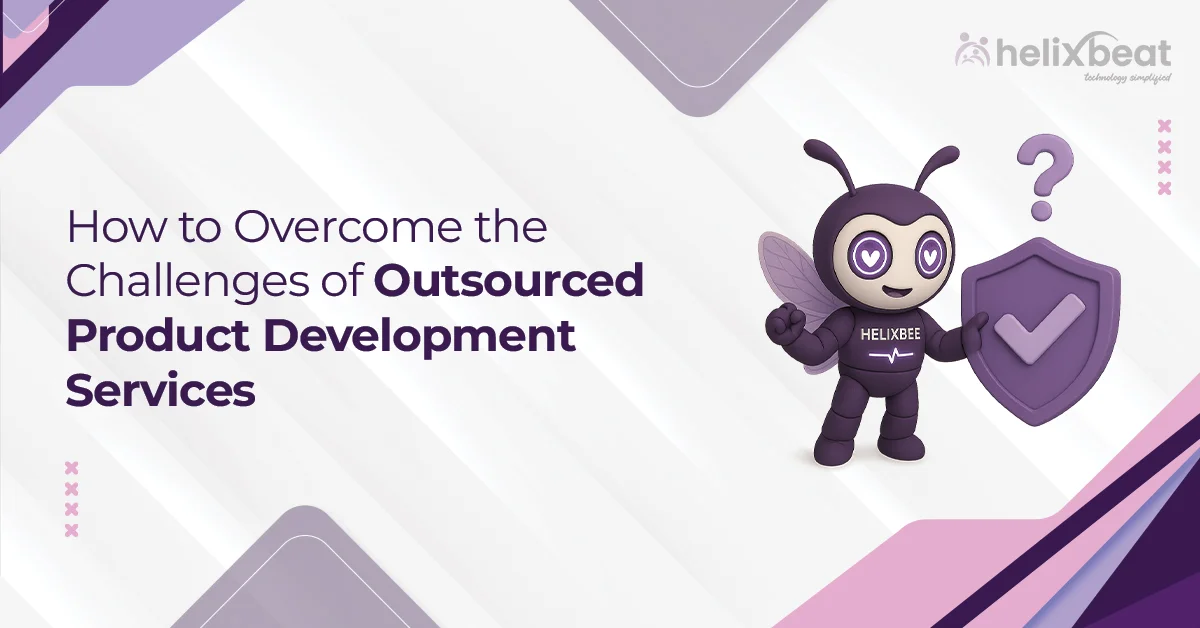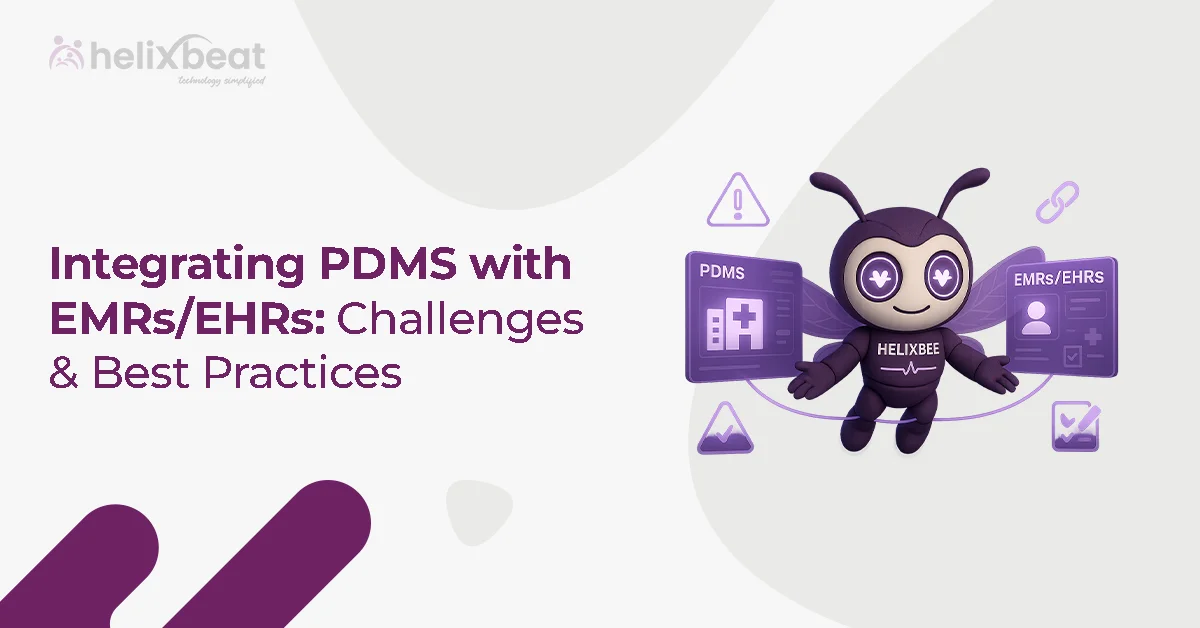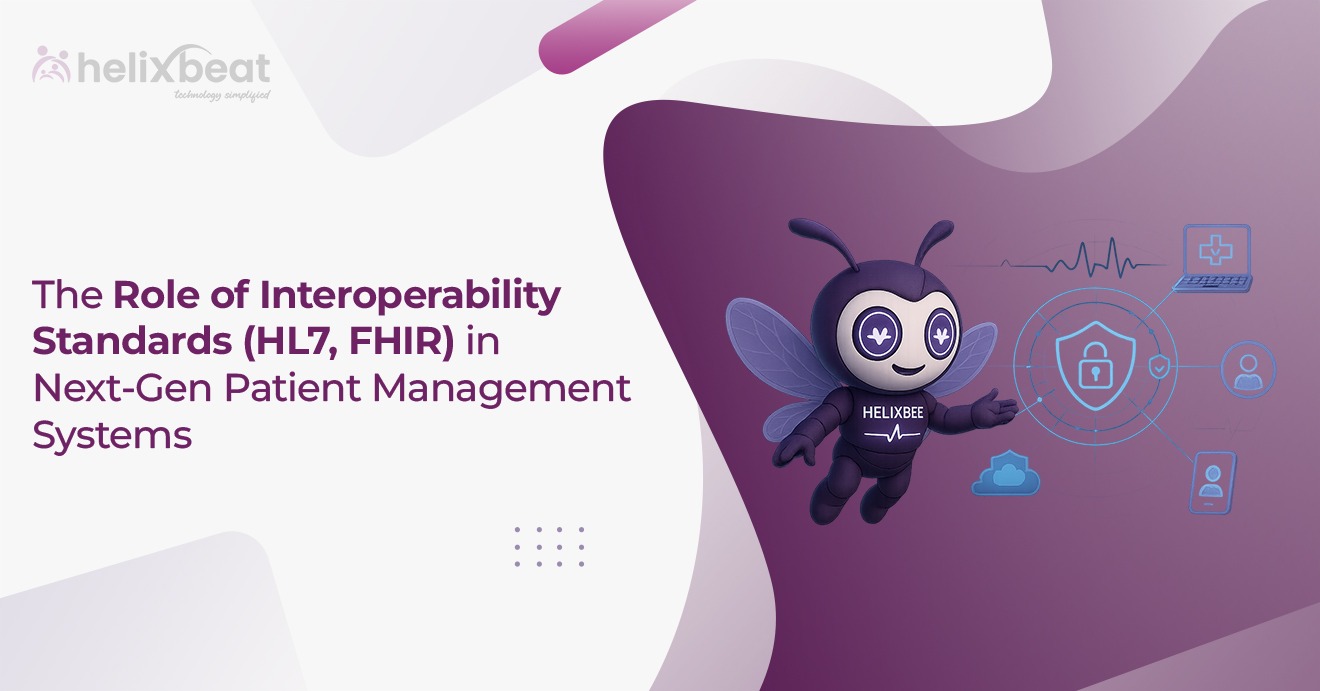Today, one of the biggest changes in technology is the move towards Zero UI, where we interact with devices without using screens. Instead, Zero UI utilizes voice, gestures, and even AI-driven decisions to provide a seamless experience.
Let’s take Amazon Alexa as an example. You can use it to control your home, play music, or get news updates—just by using your voice, without needing a screen. As smart technologies like Visual Inspection AI keep getting better, businesses need to start using UI/UX design services that create easy, screen-free experiences.
This transition marks the beginning of a more natural and effortless way of engaging with technology, creating user experiences that feel almost invisible. Let’s see detailed about roles and technologies of zero UI below.

Table of Contents
What is Zero UI?
Zero UI refers to a new way of interacting with technology without using traditional screens or interfaces. Instead of tapping on buttons or using a touchscreen, Zero UI uses voice commands, gestures, and even AI to control devices and perform tasks.
For example, you might use your voice to ask a smart speaker to play music or control your smart home devices, without needing to look at a screen. The idea behind Zero UI is to make technology feel more natural and intuitive by removing the need for visual interfaces.
5 Reasons Businesses Need Zero UI in Their Digital Products
As technology evolves, businesses must adopt Zero UI to stay competitive and meet user expectations. Here’s why:
1. Make Interactions More Convenient
Zero UI integrates voice and gesture controls, allowing users to interact without screens. This simplifies interactions and reduces reliance on traditional UI elements, offering a faster, more intuitive experience.
2. Improve Accessibility for Everyone
With speech-to-text and voice recognition, Zero UI makes products more accessible to people with disabilities, enabling voice-driven interactions for visually impaired users and others who require hands-free solutions.
3. Offer Personalized Experiences with AI
AI and machine learning enable Zero UI to deliver personalized, contextual responses. This proactive interaction anticipates user needs based on behavior, location, and preferences, reducing the need for a visible interface.
4. Increase Efficiency and Productivity
Zero UI boosts operational efficiency by allowing businesses to implement voice commands for tasks like scheduling and inventory management, minimizing screen dependency and enhancing productivity.
5. Stay Ahead with a Competitive Edge
Adopting Zero UI helps businesses stay ahead of the curve by offering next-gen user experiences, positioning them as innovators in a screen-less future and ensuring their products are future-proof.
Zero UI-driven UI/UX design services enable businesses to create intuitive, efficient, and accessible experiences, keeping them competitive in a rapidly changing digital landscape.
Components and Technologies Used in Zero UI
Zero UI leverages a combination of advanced technologies that allow users to interact with digital products without traditional screens or interfaces. Below are the key components and technologies enabling the screen-less experience:
1. Voice Recognition and Natural Language Processing (NLP)
Voice interaction is a cornerstone of Zero UI. By incorporating voice recognition and NLP, users can control devices and access information through simple voice commands.
Technologies like Google Assistant, Amazon Alexa, and Apple Siri use these components to provide intuitive, hands-free interactions, eliminating the need for buttons or touchscreens.
2. Gesture Recognition and Motion Tracking
Gesture recognition allows users to interact with devices using hand movements or body motions, thanks to advanced motion sensors and computer vision.
For example, technologies like Leap Motion and Microsoft Kinect enable seamless interaction with digital systems by interpreting physical gestures, offering a completely screen-less experience.
3. Artificial Intelligence (AI) and Machine Learning
AI plays a pivotal role in Zero UI by predicting and responding to user needs. Using machine learning and predictive analytics, systems can anticipate user actions and adapt accordingly.
This allows for highly personalized experiences without visual prompts, as the AI analyzes historical data and environmental cues to offer proactive responses.
4. Haptic Feedback Technology
Haptic feedback offers tactile responses to users, providing physical sensations in place of visual cues. This technology is crucial in Zero UI, as it helps users feel connected to the device without needing to look at a screen.
Wearable devices and smartphones often use haptic technology to guide users through interactions by providing subtle vibrations or forces that confirm actions or responses.
Together, these technologies make smooth, intuitive user experience that eliminates traditional interfaces, leading the way for the screen-less future of digital interaction. Using UI/UX design services is key to combining these technologies effectively, making sure the experience is easy to use and engaging in Zero UI-driven products.
Real-life Examples of Zero UI
Several innovative products are already showcasing the power of Zero UI in real-world applications. For example:
- Tesla’s Autopilot utilizes a combination of voice commands and automated driving systems, allowing drivers to control their vehicles with minimal interaction.
- Google Home exemplifies Zero UI by responding to voice queries for tasks such as setting reminders and controlling smart devices like thermostats.
- Apple’s AirPods use voice-activated Siri integration to manage calls, music, and other functions, further demonstrating how Zero UI eliminates the need for traditional screens or buttons.
As more businesses adopt this approach, leveraging UI/UX design services becomes crucial to ensuring seamless integration and enhancing the user experience in this evolving digital landscape.
Major Challenges Faced in Zero UI
As businesses adopt Zero UI technologies, they must overcome several challenges to ensure seamless integration and user satisfaction. Here are the major hurdles businesses face:
1. Accuracy and Reliability of AI
Zero UI relies on AI-driven interactions, but achieving accurate voice and gesture recognition is challenging. AI systems must accurately interpret diverse accents, languages, and commands, often struggling in noisy environments or with complex inputs, leading to potential miscommunications.
2. Privacy and Security Concerns
With continuous data processing, such as voice listening, Zero UI technologies raise privacy issues. Protecting sensitive user data and preventing unauthorized access are crucial, requiring businesses to implement strong security protocols to maintain trust.
3. User Trust and Adoption
Many users are hesitant to trust screen-less technologies due to the lack of visual feedback and perceived unreliability. Overcoming this challenge involves ensuring the technology is intuitive, reliable, and well-integrated with existing systems to build user confidence.
By working with UI/UX design services, you can help create smooth, trustworthy user experiences that encourage adoption.
How UI/UX Design Services Solve These Challenges
1. Improving Accuracy and Reliability
UI/UX design services help make Zero UI systems more accurate by focusing on how users interact with voice and gesture controls. Designers ensure that these systems understand different accents and commands correctly.
Through continuous testing and feedback, they improve how the system responds, making the user experience smoother and more reliable.
2. Ensuring Privacy and Security
To solve privacy issues, UI/UX design services focus on making data handling clear and easy to understand. Designers create simple privacy settings where users can control how their information is used.
They also add security features, like encryption, to protect user data, ensuring that users feel safe when using Zero UI technology.
3. Building User Trust
UI/UX design services help build trust by creating easy-to-use systems that respond quickly and reliably. Designers focus on making sure users get clear feedback when interacting with Zero UI, like sounds or vibrations, so they feel confident.
By making the system simple to use and integrated well with other technologies, users are more likely to adopt and trust the new technology.
What Will Be the Future of UI/UX Design and Development Services
1. AI and Personalization
Future UI/UX design services will leverage AI to offer personalized, adaptive user experiences, anticipating individual needs and preferences for more intuitive interactions.
2. Multimodal Interfaces
Designers will focus on multimodal interfaces, combining voice, gestures, and touch to create seamless, flexible user interactions without relying on a single input method.
3. Enhanced Accessibility
Accessibility will be a priority, with more voice-controlled and gesture-based designs ensuring digital products are usable by people with disabilities, making them more inclusive.
4. Immersive Experiences
UI/UX design will incorporate VR and AR to create immersive, interactive experiences, blending the digital and physical worlds for richer user engagement.
Why Choose Helixbeat for Your Web and App Development Needs?
At Helixbeat, we don’t just create websites and apps; we build digital solutions that help your business grow. Our experienced team works with you to build custom web and mobile apps designed to meet your unique needs.
Whether you want to improve your customer experience, automate tasks, or launch a new product, we deliver easy-to-use, high-performance solutions.
We follow an agile approach to make sure fast, flexible, and transparent development, so you can make adjustments as your business grows. Contact us now for custom UI/UX design services.
FAQ:
1. Which company provides the best UI/UX design service in the USA?
Helixbeat is a leading provider of UI/UX design services in the USA, known for creating user-friendly, visually appealing designs. They focus on delivering intuitive, responsive designs that enhance user engagement and support business growth across various industries.
2. How does Zero UI impact user experience (UX)?
Zero UI simplifies user interactions by eliminating the need for screens and buttons. It enhances accessibility, especially for people with disabilities, and creates a more intuitive and natural experience, reducing cognitive load and making technology easier to use.
3. What industries can benefit most from Zero UI?
Industries like healthcare, retail, automotive, and home automation can benefit from Zero UI. It enables hands-free interactions, improving efficiency in tasks like surgery, shopping, driving, and controlling smart home devices, making everyday experiences more seamless and intuitive.
4. How does Zero UI work without traditional screens or buttons?
Zero UI eliminates screens and buttons by using voice commands, gestures, and AI systems. Voice assistants like Siri and Google Assistant listen for commands, while gesture-based systems like Leap Motion interpret hand movements. AI predicts user needs, creating seamless, screen-less interactions.
5. Is Zero UI the future of technology?
Zero UI has significant potential, especially as voice-controlled and gesture-based technologies become more advanced. While it’s not fully mainstream yet, its future looks promising as technology continues to evolve, making interactions with devices more seamless and intuitive.



